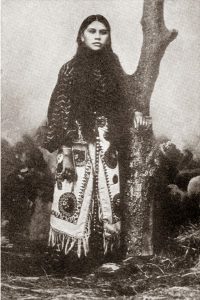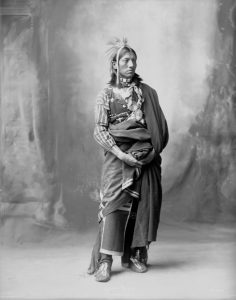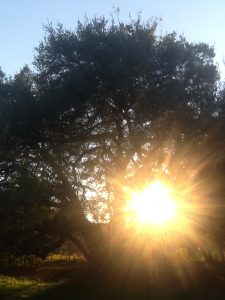We’ll sit down at our feasts tomorrow inspired by the First Thanksgiving in 1621.
The Pilgrims landed in November of 1620. Half died of disease and starvation before the famous harvest of 1621. They were likely joined by  the Native American tribe, the Wampanoag. This tribe had been infected by the bacteria, leptospirosis when European ships had visited in 1616. This disease, thought at various times to be typhus or small pox, killed 90% of the Wampanoag people by 1619. A microbe. Invisible to the human eye. The most horrible, horriblest-ever human invader would stare in amazement at such a death rate.
the Native American tribe, the Wampanoag. This tribe had been infected by the bacteria, leptospirosis when European ships had visited in 1616. This disease, thought at various times to be typhus or small pox, killed 90% of the Wampanoag people by 1619. A microbe. Invisible to the human eye. The most horrible, horriblest-ever human invader would stare in amazement at such a death rate.
These grieving people gave thanks and, no matter how much controversy swirls among historians of the “real” truth of the event, we should hold the idea of peace between diverse peoples and thanks born of suffering as sacred. Worth remembering and celebrating after hundreds of years.
My personal thanksgiving goes out to the Native American who planted my 300 year old tree mott..The huge Live Oak has an Elm tree in its center. I understand that the Native Americans planted these trees together. It is horticultural genius, since the shallow roots of the Live Oak are held in place by the deep roots of the Elm, and the tall and brittle trunk of the Elm is protected from our sometimes ferocious winds by the Oak. After a storm, giant Live Oaks will be lying on the ground throughout my neighborhood, their roots exposed; and not 50 feet from my front door a 60-foot Elm (not protected by its own Oak) cracked in half last year during a terrible spring wind.

Back in the 1800’s a the Comanche and Tonkawa tribes lived near my home.
The Comanches had come tearing down from the Pacific Northwest, drove most of the Apaches out of the Southwest and were putting pressure from the west on the Tonkawa by the 1800’s. The Tonkawa, called the “original people of Texas”, were pressured at the same time from the east by the white settlers. But some skilled horticulturist from one of these tribes likely planted my combination tree.
Of course, hunting and meat eating were important to the Native Americans, but both the Comanches and the Tonkawa commonly ate corn; roots like potatoes, prairie turnips and onions; vegetables such as spinach; and also wild berries and fruits.
Colin Tudge and other scientists believe that agriculture began after the last Ice Age. Neanderthals, Bandits and Farmers:

How Agriculture Really Began, Tudge. That is another post, but the idea is that, although remaining on the move, ‘hunter-gatherers’ had sites where they promulgated and cared for plants and trees. It is not hard for the Plantswoman to believe that people who could drive Mastodons over cliffs or shoot Buffalo from horseback were horticultural experts who could gather some seeds from a favorite herb and plant it or, when digging onions, notice that the clumps made up of many tiny onions could be divided and planted for gathering the following year. It is likely they cared for fruit groves, cleaning them up, propagating new starts. Easy stuff compared to tanning a hide and sewing beautiful clothing with a bone needle.
In any case, it is not only the horticultural expertise of the Native American who planted my tree mott that I admire. I am amazed, humbled at his or her long view. This person was creating shade, not for his or her generation, but for generations a hundred and more years away. Oak and Elm are slow growers, planted for great grandchildren. The tree mott may have been 10 feet tall in by the late 1800’s when the American army ‘relocated’ the Comanches and Tonkawans to Oklahoma. Now it’s 50+ feet tall and my grasses, microbes, chickens, sheep, and I seek the shade of this tree on hot days. And we give thanks.

Thank you for sharing this post with me! I enjoyed it.